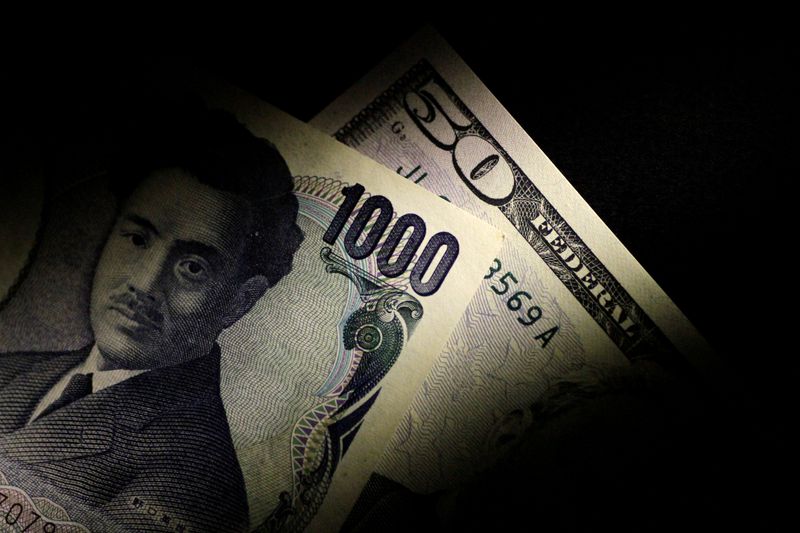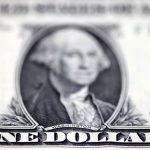SINGAPORE/LONDON (Reuters) -The Japanese yen steadied on Tuesday and the Swiss franc was also softer as some of the most striking moves of recent days reversed somewhat, and a hint of calm returned to markets.
The dollar was last at 144.75 yen, up 0.3% on the day, the first day it has traded higher on the Japanese currency this month, but still down 10 yen in the past week.
The reassessment was also taking place across equity markets, and Japan’s benchmark Nikkei index gained 10% on Tuesday after a 12% fall the day before, while shares in Europe were also trying to recover. [MKTS/GLOB]
“Our view is that markets got a bit ahead of themselves and they’ve come in this morning and realised that, and that’s why we’ve seen the dollar pick up and dollar/yen retrace higher,” said Nick Rees currency analyst at Monex Europe.
The yen’s recent gains were driven by an uptick in volatility causing investors to bail out of once popular carry trades, reinforced by the Bank of Japan raising interest rates on Friday.
That combined with softer-than-expected U.S. job data, also on Friday, and disappointing earnings from major tech firms triggered a global equity sell off, further reinforcing the carry unwind.
The Swiss franc weakened on Tuesday and the dollar was up 0.45% at 0.85545 francs.
Like the yen, the franc is a favoured funding currency for carry trades. It has strengthened sharply since mid-July as those trades were unwound, with gains reinforced by safe haven flows on Monday.
The dollar also regained ground on the euro and pound, with the common currency off 0.24% at $1.0926, having hit a seven-month high of $1.1009 during Monday’s turmoil. p>
“The dollar was not acting as a haven currency on Monday, and you can’t plough everything into the franc or yen, and the next currency on that list is normally the euro,” said Rees.
Sterling was down 0.3% at $1.274.
Also underpinning currency market moves are traders’ attempts to price U.S. Federal Reserve policy in the coming meetings.
Traders now expect 110 basis points (bps) of easing this year from the Fed, pricing in an 80% chance of a 50 bps cut in September. Traders had fully priced in a 50 bps cut on Monday.
U.S. central bank policymakers pushed back on Monday against the notion that weaker-than-expected July job data means the economy is in recessionary freefall, but also warned that the Federal Reserve will need to cut rates to avoid such an outcome.

The Australian dollar was last flat at $0.6492 having earlier risen after comments from Reserve Bank of Australia Governor Michele Bullock, who suggested rate cuts were still further away.
Australia’s central bank held interest rates steady on Tuesday as expected, while reiterating that it was not ruling anything in or out to control inflation.
To read the full article, Click Here

